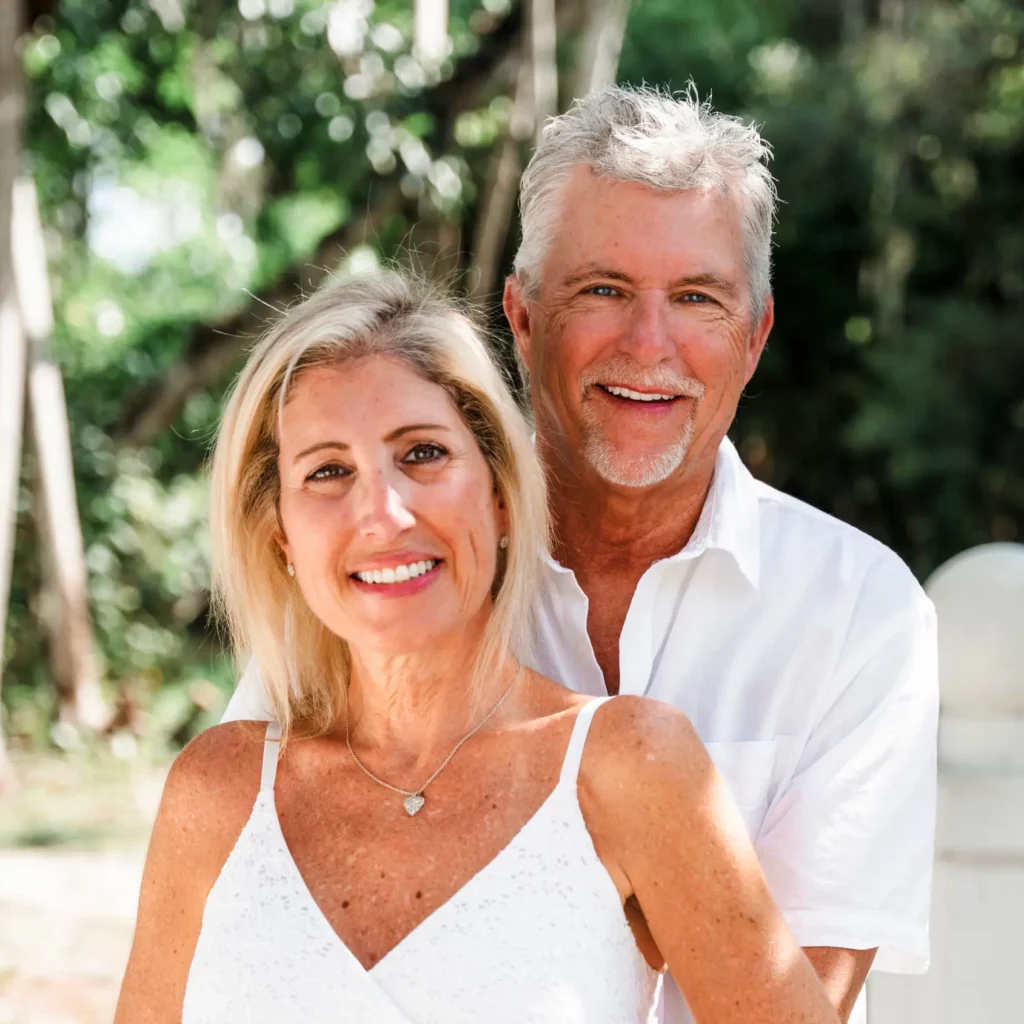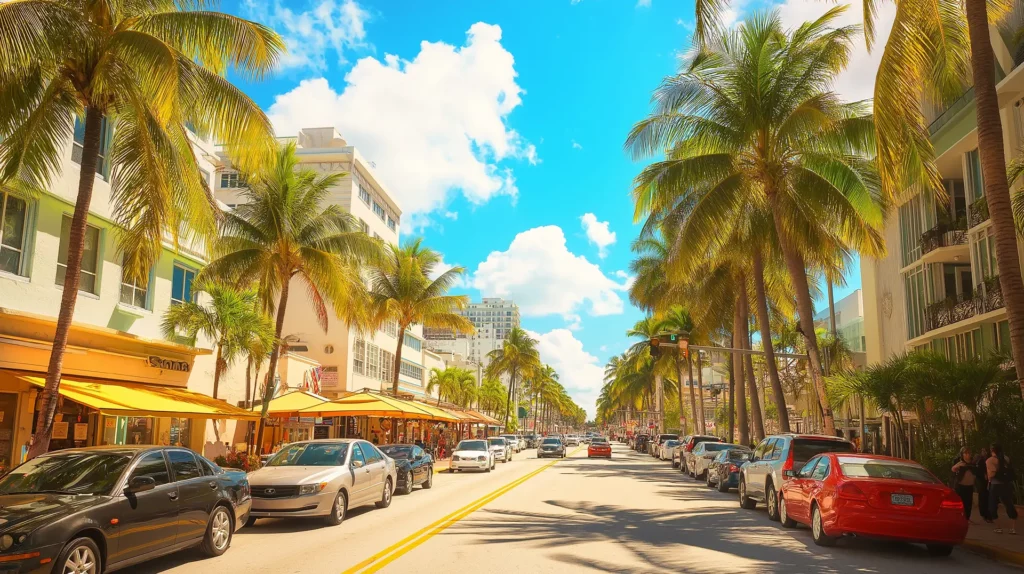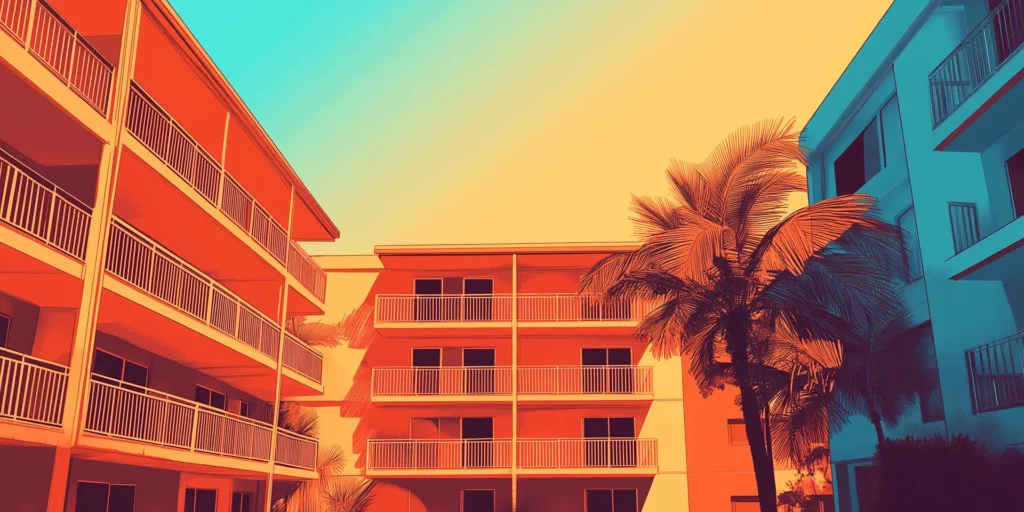Owning a condo is exciting, but what happens if something damages the inside of your unit? Many condo owners are unsure about what their insurance covers when it comes to interior condo damage. Does it include walls, floors, or personal belongings? Understanding your policy is key, especially in a place like Fort Myers where hurricanes and weather events are real concerns. This blog will help you make sense of it all.
What is Condo Insurance and How Does It Work?
Understanding Condo Insurance (HO-6 Policy)
Condo insurance, often known as an HO-6 policy, is designed specifically for condominium owners. It protects your unit and the things you own inside it. Unlike a typical homeowners policy, which covers the entire structure, condo insurance focuses on the parts of the property you’re responsible for.
For your unit, this typically includes:
- The interior walls, floors, and ceilings (often referred to as “walls-in” coverage).
- Your belongings, such as furniture, clothing, and electronics.
- Liability protection, in case someone gets injured while visiting you.
The insurance exists to fill gaps left by the condo association’s master policy. For example, if your kitchen cabinets are damaged by water or fire, your personal policy would likely apply.
Importance of Condo Insurance for Unit Owners
Condo ownership comes with shared responsibilities. The association usually maintains the building’s structure and shared spaces, but you’re responsible for protecting your own unit. Without insurance, unexpected repair costs can add up quickly.
Nearly 1 in 20 insured homes has a property damage claim each year, according to the Insurance Information Institute. Since many claims result from water damage, fire, or storms, having condo insurance is extremely important to manage these risks. It also helps you avoid financial stress if an incident occurs.
How Condo Insurance Differs from Homeowners Insurance
Condo insurance covers only “walls-in” areas, while homeowners insurance covers the entire property, including exterior features like roofs, yards, and fences.
Key differences include:
- What you own: Condo owners share ownership of walls, roofs, and common spaces with others.
- Master policy involvement: A condo master policy sets the standard for what areas you need to insure.
- Lower cost: Condo insurance tends to be cheaper since it doesn’t have to cover the structure’s exterior.
Condo insurance is all about protecting your personal interior space. And with Interior Condo Damage being a common concern, it’s crucial to customize your coverage based on your unique needs.
The Difference Between Condo Insurance and Association Coverage
Condo insurance and the condo association’s master policy work together, but they cover different areas. Understanding their differences is essential to avoid confusion when dealing with interior condo damage.
What is a Condo Association Master Policy?
A condo association’s master policy provides coverage for the building as a whole. This includes shared spaces like lobbies, hallways, and exterior features such as roofs or elevators. There are three common types of master policies:
- Bare Walls Coverage
Only shared spaces and basic building elements—like walls and floors—are covered. Interior features like your drywall, fixtures, and cabinetry fall under your personal insurance. - Single Entity Coverage
This covers most structural features, including original fixtures and appliances. However, any upgrades you’ve made are excluded. - All-Inclusive Coverage
Offers the most protection, including original and upgraded fixtures, but personal belongings are still your responsibility.
Who is Responsible for What?
Understanding what falls under your coverage versus the association’s coverage can help in filing claims for interior condo damage.
Unit Owner’s Responsibilities:
- Interior walls and paint
- Flooring and permanent fixtures (e.g., cabinets, countertops)
- Appliances and personal belongings
Condo Association’s Responsibilities:
- Common areas (hallways, gyms, pools)
- Exterior damage (roofs, siding, landscaping)
- Shared building systems (elevators, HVAC systems)
For example, if a storm damages the roof and water leaks into your unit, the master policy usually covers exterior repairs, while your condo insurance will address any damage inside your unit.
Why It Matters
Claims about interior condo damage often get delayed because of disputes over coverage responsibilities. Clear communication with your HOA and proper understanding of the master policy can save you from unnecessary hassle.
Having the right condo insurance tailored to complement the master policy ensures you’re not caught off guard when damage occurs. Opting for higher coverage limits is a smart move, especially if you live in Fort Myers, where hurricanes and storms often lead to tricky claims situations.
Common Scenarios for Interior Damage (and Coverage Implications)
Interior condo damage can happen in many ways. Knowing how your condo insurance applies to specific scenarios can save you a headache. Here are some of the most common situations homeowners face.
Water Damage
Water damage is one of the leading types of interior condo damage claims. It can result from several causes, each treated differently by insurers.
- Pipe Leaks Inside the Unit
If a pipe bursts in your bathroom or kitchen, most condo insurance policies cover the repairs. However, damage caused by slow leaks over time might not be included—this is considered maintenance neglect. - Flood Damage and Stormwater Intrusion
Standard condo insurance usually does NOT cover flood-related damage. Flooding will require a separate flood insurance policy. This is especially important for Fort Myers residents, as FEMA reports Florida experiences more flood damage than nearly any other state. - Sewage Backups
A backed-up sewage system can cause extensive interior condo damage. Coverage for this may need to be added as an optional endorsement to your policy.
Fire and Smoke Damage
Fires can strike unexpectedly, whether from kitchen accidents or faulty wiring. Condo insurance typically steps in to help repair or replace damaged flooring, walls, and fixtures.
Interesting fact: The National Fire Protection Association notes that kitchen fires are responsible for nearly half of all home fires. With coverage, you can afford to rebuild without worrying about the cost.
Hurricane and Windstorm Damage
Living in Fort Myers, hurricanes and strong winds are part of life. Most policies address interior condo damage from wind-driven debris or rain entering through a broken window. However, there’s usually a separate hurricane deductible you’ll need to meet before coverage kicks in.
Almost 40% of all hurricanes that hit the U.S. make landfall in Florida. This makes it even more critical to review your policy at the start of each hurricane season.
Accidental Damage by Guests or Tenants
Accidents happen. A guest might spill wine on your carpet, or a tenant might damage a fixture. If the damage is significant, your insurance can help cover the repairs. However, tenant-caused damage might require landlord coverage, depending on your situation.
Each of these scenarios highlights the importance of understanding what your policy includes. By preparing for events like water damage or hurricanes, you’ll be better equipped to handle Interior Condo Damage when issues arise.
Special Considerations for Condo Owners in Fort Myers, Florida
Living in Fort Myers comes with unique challenges. From hurricanes to humidity, condo owners need to understand how these factors can lead to interior condo damage and what insurance options they may need.
Risk Factors Unique to the Fort Myers Area
Fort Myers enjoys sunny weather, but it’s also in a high-risk hurricane zone. This makes certain types of damage more likely.
- Hurricane Season and Storm Surges
Fort Myers homeowners face hurricane season every year from June to November. The National Oceanic and Atmospheric Administration (NOAA) reports that Florida experiences more landfall hurricanes than any other state. Storm surges, strong winds, and flying debris can lead to significant damage inside your condo.
Example scenario: If a broken window lets rain inside your unit, causing water damage to flooring and walls, your condo insurance should help. However, flood damage only applies if you have a separate flood insurance policy. - High Humidity and Mold Growth
Fort Myers’ humid climate makes mold growth an ongoing issue for condos. Unfortunately, standard insurance often doesn’t cover mold unless it’s caused by a specific insured event, like a broken pipe. Preventive measures, like installing dehumidifiers, can help protect against this type of interior condo damage.
Flood Insurance and Why It’s Essential
Flooding in Fort Myers is a real risk, even outside of hurricane season. FEMA designates many areas of Fort Myers as high-risk flood zones. Whether it’s storm surges or heavy rainfall, floodwaters can ruin walls, floors, and personal belongings.
Since standard condo insurance excludes flooding, purchasing a separate flood insurance policy is critical. The cost for flood insurance in Florida averages around $700 per year, but the cost of flood damage can run into tens of thousands of dollars.
State Laws and HOA Regulations Specific to Florida
Florida’s condo laws require HOAs to have master insurance policies, but the scope of coverage varies depending on the association. This makes it crucial for unit owners to review the HOA’s master policy carefully.
Important points Florida condo owners should know:
- State law gives HOAs authority over exterior and shared spaces. This means you’re always responsible for your own interior condo damage.
- Hurricane deductibles are regulated. Florida requires insurers to apply special hurricane deductibles for weather events named by the National Weather Service. These will be separate from your standard deductible.
Fort Myers residents face unique hazards, and that’s why it’s so important to customize insurance policies. Knowing how to prepare for risks like hurricanes or floods can protect you from unexpected interior condo damage.
Tips for Ensuring Your Condo is Properly Insured
Making sure your condo is properly insured is essential to protect against unexpected interior condo damage. Here’s how to evaluate your coverage and stay prepared.
Evaluate and Understand Your Condo Association’s Master Policy
Before purchasing your own policy, take the time to review your condo association’s master policy. This will tell you what areas you’re responsible for inside your unit.
Master policies typically fall into these categories:
- Bare Walls Policy: Covers only the building structure and shared spaces. You’ll need to insure everything inside your unit.
- Single Entity Policy: Includes original fixtures like floors or cabinets, but not upgrades.
- All-Inclusive Policy: Covers most of your unit’s features, but personal belongings remain your responsibility.
Knowing exactly what’s covered helps you avoid gaps in coverage.
Work with a Local Insurance Expert
Connecting with a local agent can make a huge difference. Fort Myers experts understand the risks unique to the area—like hurricanes, flooding, and high humidity. They can suggest policy options tailored to protect against these hazards.
They’ll also help with navigating complex issues, like choosing appropriate hurricane deductibles or adding optional flood coverage.
Review Your Policy Annually for Adequate Coverage
Your needs may change year to year. For example:
- Renovations or upgrades to your condo could increase the value of your unit.
- Your furniture or electronic purchases might require higher personal property limits.
- Climate changes could affect your risk for specific hazards like flooding or wind damage.
By reviewing your policy annually, you can adjust coverage as needed to ensure you’re fully protected if interior condo damage occurs.
Consider Add-Ons or Endorsements for Increased Protection
Depending on your location and lifestyle, additional endorsements could offer extra security. Common add-ons for Fort Myers residents include:
- Flood Endorsements: Since standard condo insurance doesn’t cover flood damage, this is crucial for high-risk flood zones.
- Hurricane Deductible Riders: These ensure you’re financially prepared for tropical storms or hurricanes.
Adding these endorsements can safeguard your condo against Fort Myers-specific risks that might otherwise fall through the cracks.
By taking these steps, you’ll be better prepared to prevent costly surprises and protect your condo from interior condo damage. Reviewing policies and making smart choices now can save you a lot of stress later.
How to Handle a Claim for Interior Damage
When interior condo damage happens, knowing how to handle a claim can save you time and frustration. Here’s a guide to navigating the process step by step.
Steps to Take After Damage Occurs
Acting quickly can prevent additional damage and ensure a smoother claims process. Follow these steps after discovering interior condo damage:
- Document the Damage
- Take clear photos and videos of the damage as soon as possible.
- Include close-up and wide shots to provide a full picture.
- Keep damaged items if they’re safe to do so—your insurer might need to inspect them.
- Notify Your Insurance Provider Immediately
- Contact your insurer to start the claims process.
- Be ready to describe the cause of the damage and provide any proof, like photos or receipts for repairs.
- The sooner you report the damage, the quicker the resolution will be.
Did you know? Surveys show that the most common reason claims are delayed is incomplete documentation. Staying organized helps you avoid unnecessary delays.
What to Expect During the Claims Process
Once you’ve filed your claim, here’s what typically happens next:
- Assessment of the Damage
- An adjuster from your insurance company may visit your condo to evaluate the interior damage.
- They’ll determine whether the damage is covered under your policy.
- Estimate and Approval
- Based on the adjuster’s evaluation, the insurer will provide a cost estimate for repairs.
- Once approved, work can begin. You can either hire a contractor or use those recommended by your insurer.
- Reimbursement
- If the repairs are covered, the insurer will reimburse you according to your policy limits and deductibles.
Statistically, most claims are processed within 30 days, but complex cases may take longer.
Working with Your HOA on Claims Overlapping Common Areas
Sometimes, interior condo damage involves shared building systems or common areas. For example:
- A water leak from the condo above you damages your ceiling.
- A faulty roof repaired by the HOA causes water to enter your unit.
When this happens:
- Notify your HOA immediately, as they may need to file a claim under the community’s master policy.
- Open communication between your insurer and the HOA’s insurer can resolve overlapping claims faster.
Preparing for interior condo damage includes understanding the claims process. By taking prompt, organized steps and coordinating with the right parties, you can minimize hassle and restore your condo as quickly as possible.
Condo insurance is essential for protecting the interior of your unit. From understanding basic coverage like personal property and liability to differentiating it from HOA master policies, the right policy can save you from hefty expenses. Whether it’s water damage, hurricane aftermath, or everyday accidents, having tailored coverage ensures you’re ready. Living in Fort Myers adds unique risks like hurricanes and flooding, so reviewing your policy regularly and considering add-ons is wise. If you’re unsure about your coverage or need expert advice, contact us today. We’re here to help you find the best policy to protect your condo.







